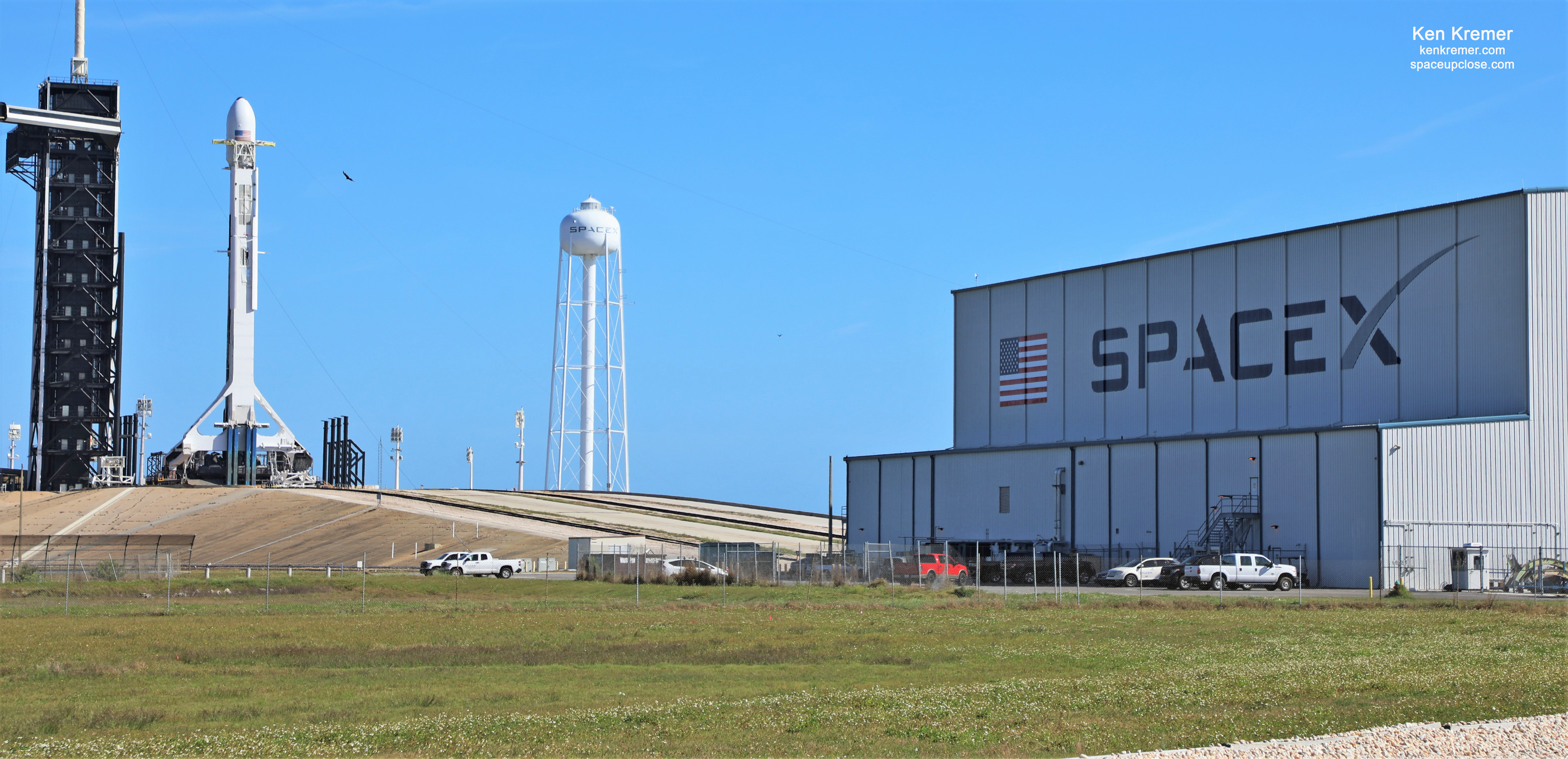
For SpaceUpClose.com & RocketSTEM
KENNEDY SPACE CENTER, FL – The SpaceX team is poised for the record setting liftoff of the 1st 5th launched Falcon 9 first stage on the sixth Starlink mission slated for Sunday morning March 15 from the Florida Space Coast – amidst the ever growing coronavirus pandemic that has forced closures of public places, school and travel hubs all across the US and the world but not forced a rocket cancellation.
Furthermore the weather outlook is superb.
Liftoff of the 6th Starlink mission is now targeted for 9:22 a.m. EDT, 1322 GMT, March 15 from Launch Complex-39A (LC-39A) on NASA’s Kennedy Space Center, FL.
Notably this recycled first stage counts as the 1st 5th launch of a ‘flight-proven’ Falcon 9 – as well as being the first Starlink launch from pad 39A.
It also counts as the second flight with reused payload fairings.
Enjoy our Up Close eyewitness photos of the Falcon 9 Starlink mission rocket taken on site today March 14 during our media remote camera setup at Launch Complex-39A (LC-39A) at KSC.
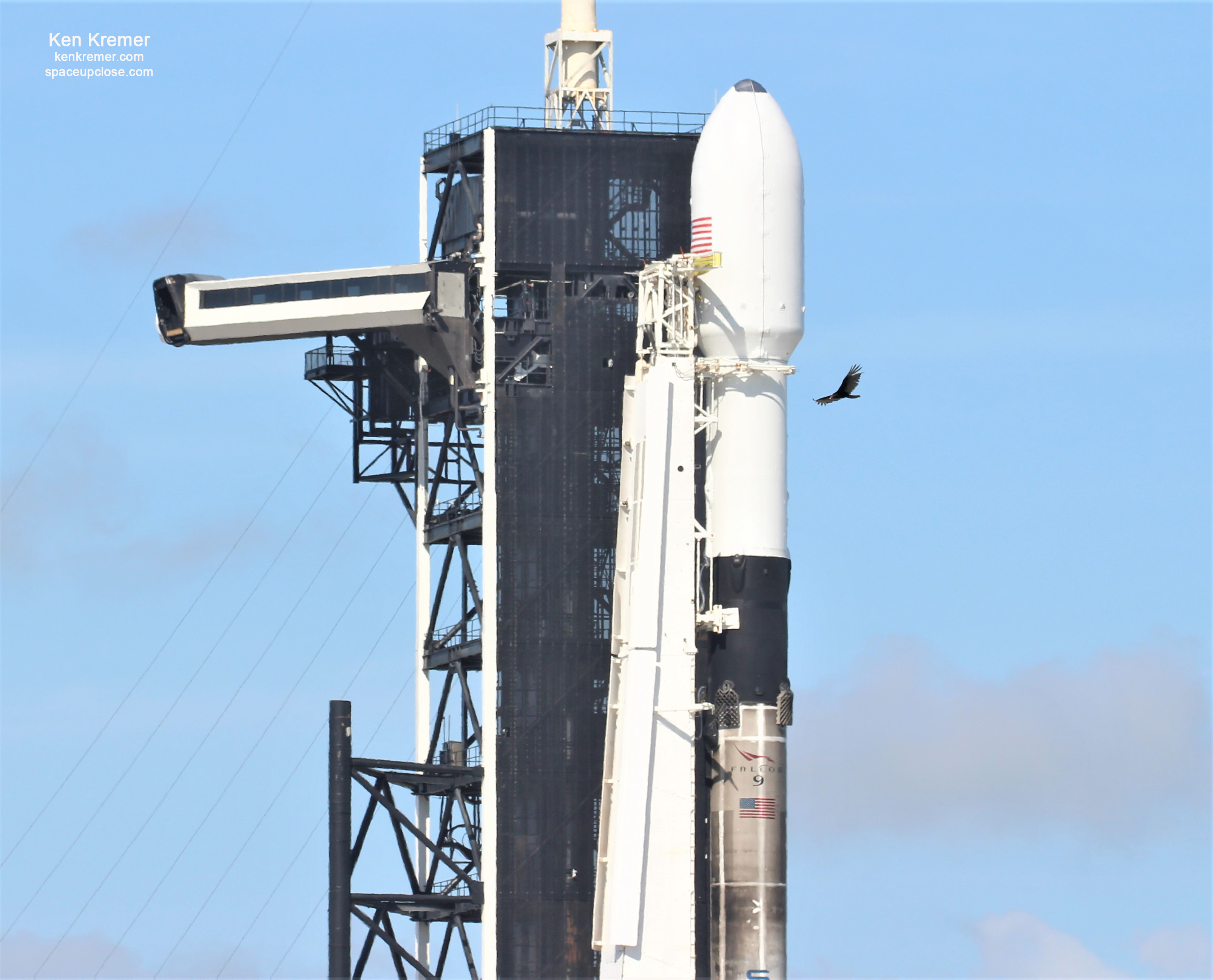
The payload comprises the sixth batch of 60 SpaceX built and owned Starlink broadband satellites launching to LEO with an overall mass of about 7.7 tons.
You can watch the launch live via SpaceX webcast
Visit spacex.com/webcast
Watch SpaceX’s live launch webcast starting about 15 minutes before liftoff to learn more about the mission,
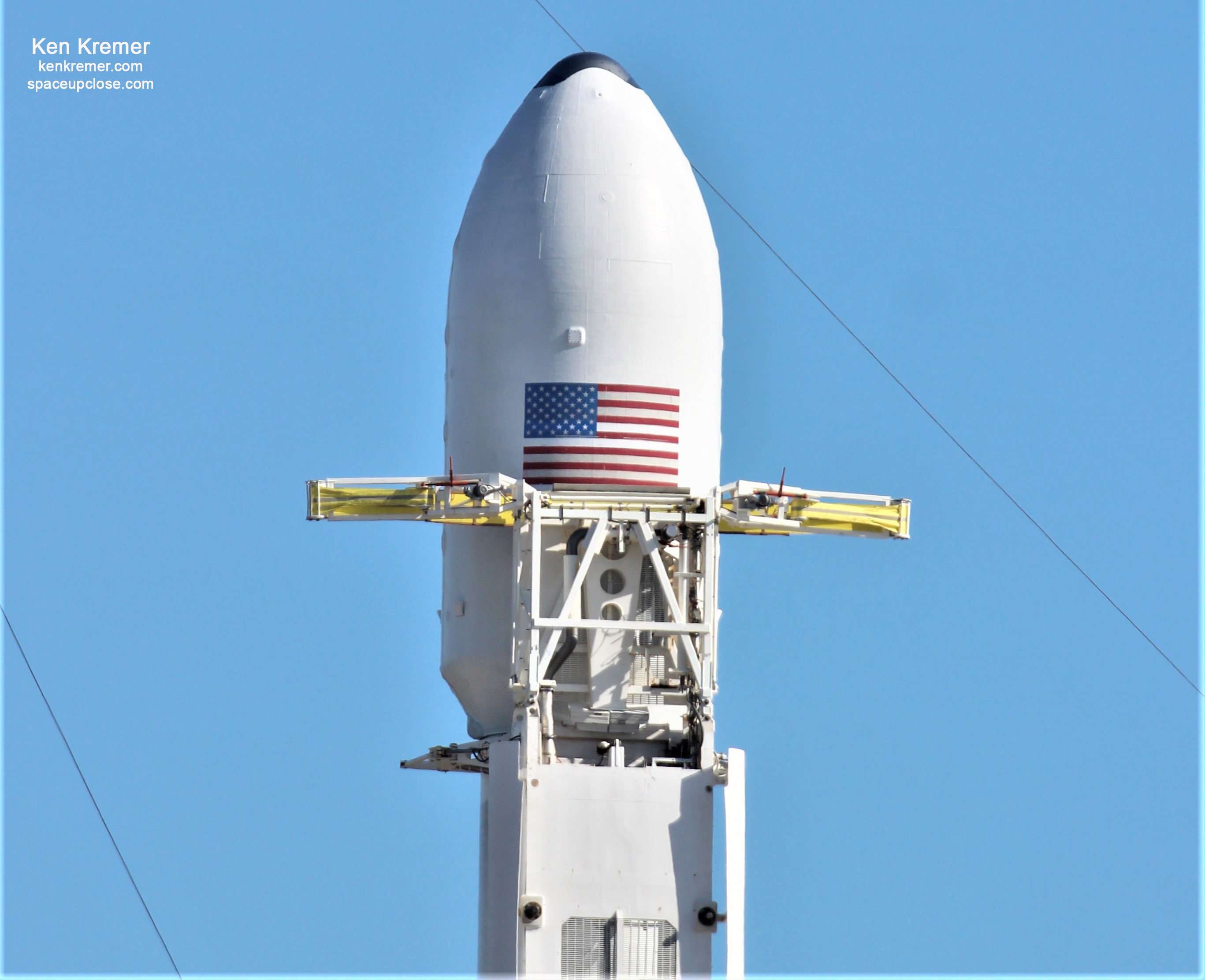
In case of any delays for weather or technical reasons a backup launch opportunity exists on Monday.
So come on out and enjoy a Sunday morning treat in the form of a sure to be spectacular SpaceX rocket launch on this truly milestone 5th flight mission of the upgraded Block 5 booster B 1048.
The Block 5 Falcon 9 has been designed to 10 launches. Thus far two have successfully launched 4 times including B1048.
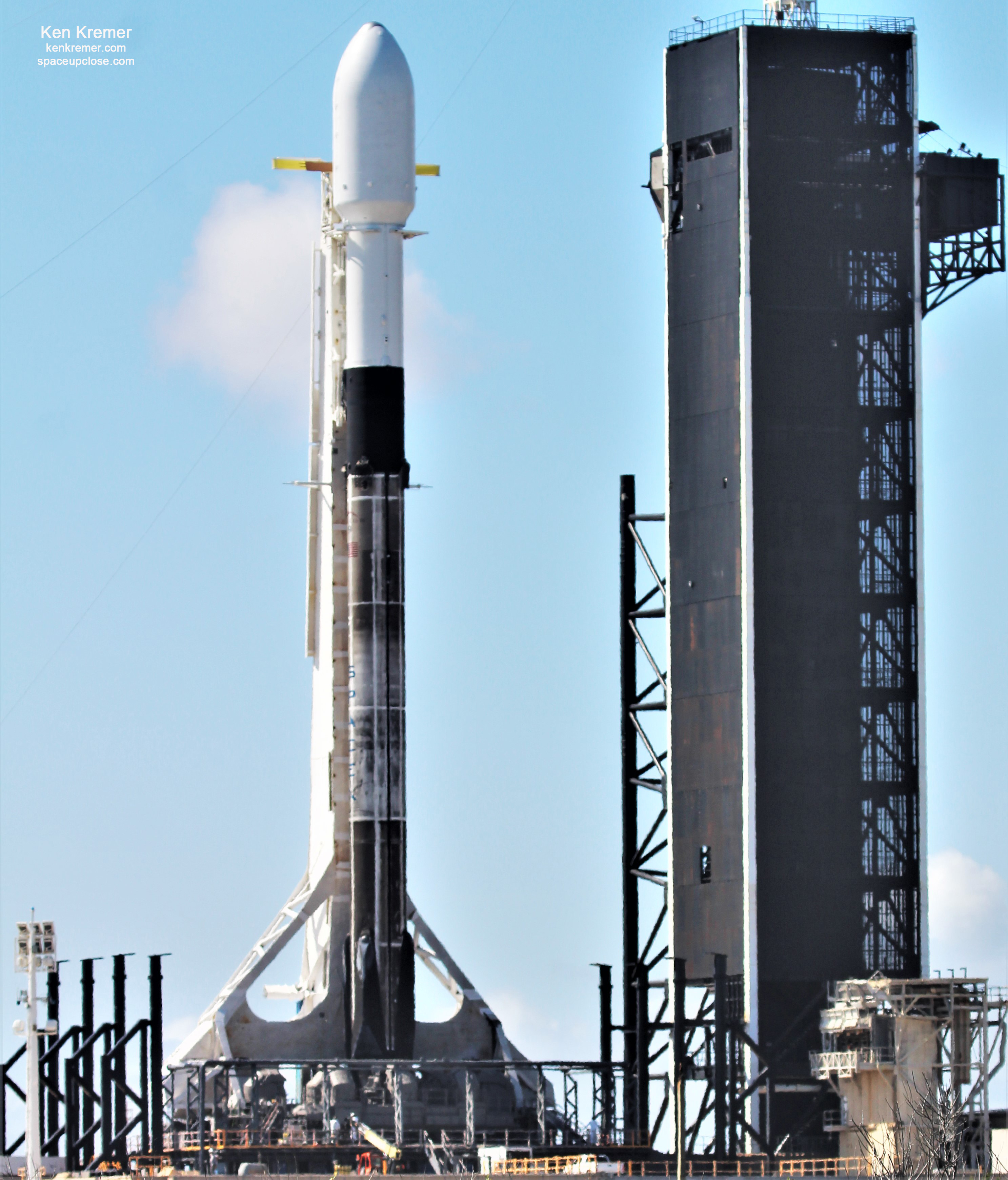
The goal of Starlink is to create a network that will help provide internet services to those who are not yet connected, and to provide reliable and affordable internet across the globe.
“Starlink is a next-generation satellite network capable of connecting the globe, especially reaching those who are not yet connected, with reliable and affordable broadband internet services,” says SpaceX.
SpaceX is currently the owner of the largest fleet of Earth orbiting satellites – already numbering 300 Starlink satellites delivered to orbit – and 360 if all goes well Sunday morning Mar 15.
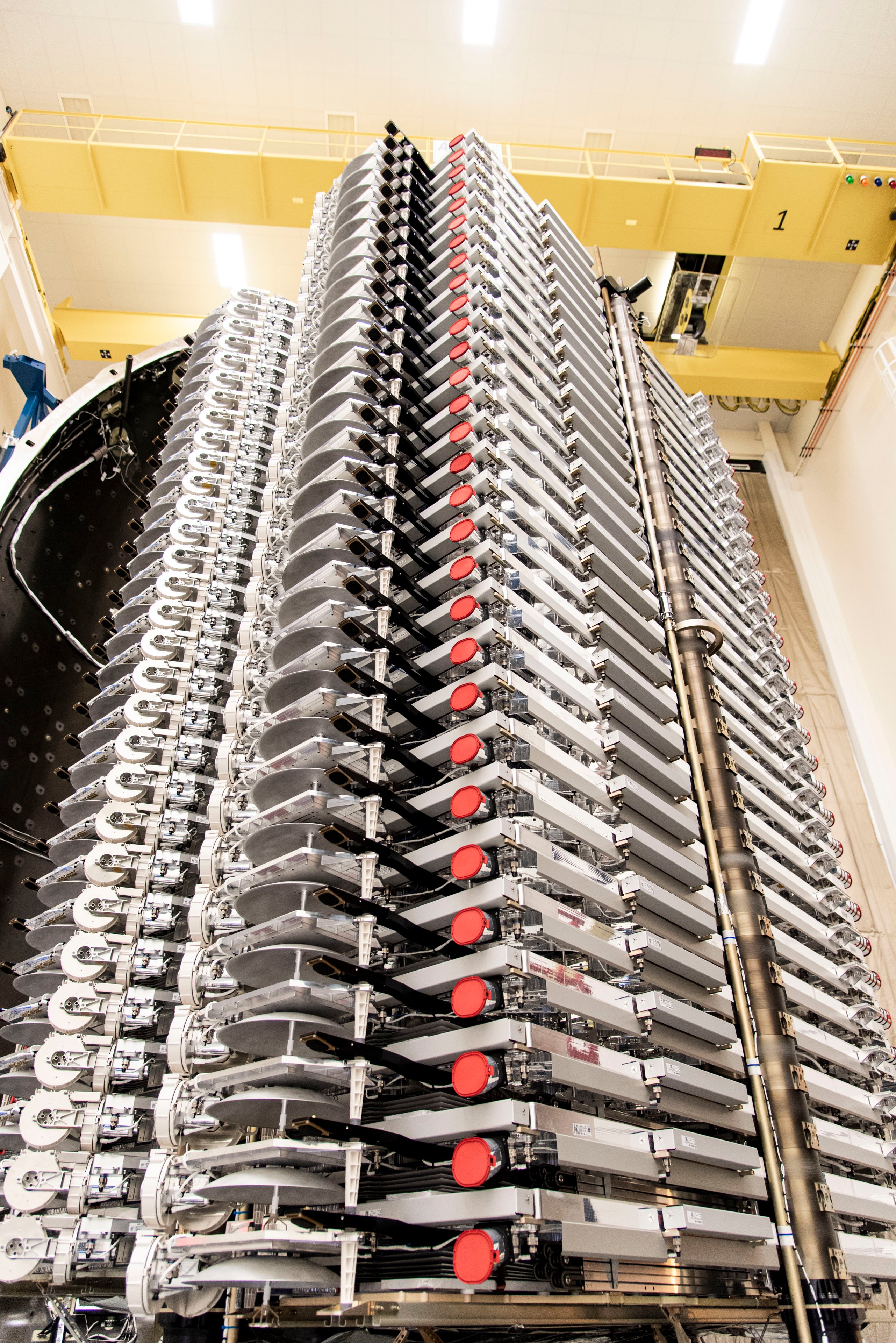
The Falcon 9 first stage previously supported 4 missions including the Iridum-7 NEXT mission in July 2018 and the SAOCOM 1A mission in October 2018 from Vandenberg Air Force Base and then the Nusantara Satu mission in February 2019, and the second launch of Starlink in November 2019 from the Florida Space Coast – following sucessful booster recoveries each time.
Falcon 9’s first stage supporting this mission has flown to orbit four times pic.twitter.com/bICKcH9h7y
— SpaceX (@SpaceX) March 13, 2020
SpaceX will also attempt to recover the first stage and both payload fairings.
Following stage separation, SpaceX will target the booster to land on the “Of Course I Still Love You” (OCISLY) droneship about 8 minutes after launch – which will be stationed in the Atlantic Ocean.
Falcon 9’s fairing previously supported the first launch of Starlink in May 2019.
Approximately 45 minutes after liftoff, SpaceX’s two fairing recovery vessels, “GO Ms. Tree” and “GO Ms. Chief,” will attempt to recover the two fairing halves with their giant catchers mitt nets.
SpaceX CEO Elon Musk has made rocket recycling a top priority in order to slash launch costs.
Musk says that the fairings cost approximately $6 million or roughly 10% of the approximate cost of $60 million for a new Falcon 9 rocket.
My SpaceX Starlink Falcon 9 launch pad and static fire photos featured at WKMG CBS 6 TV News Orlando:
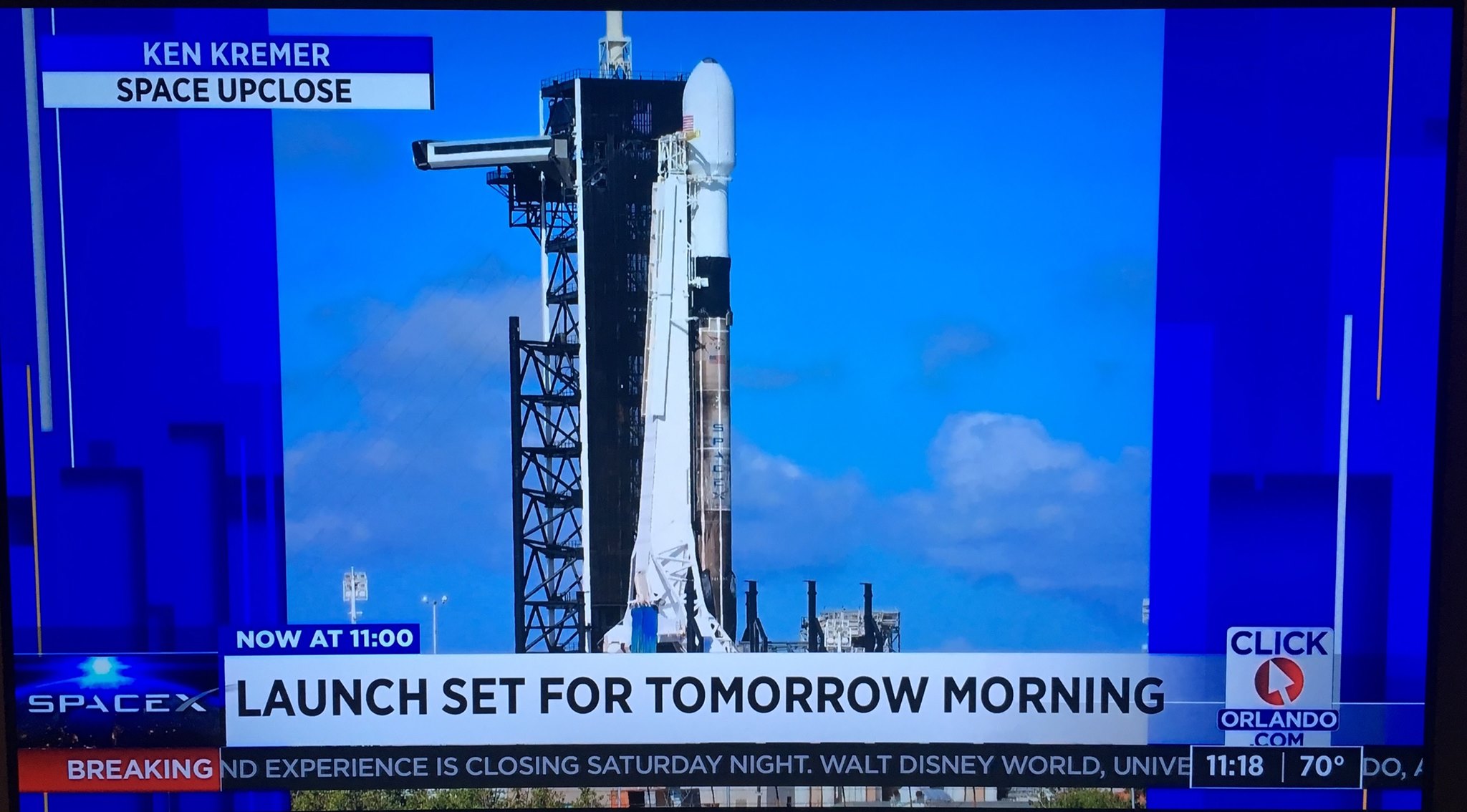
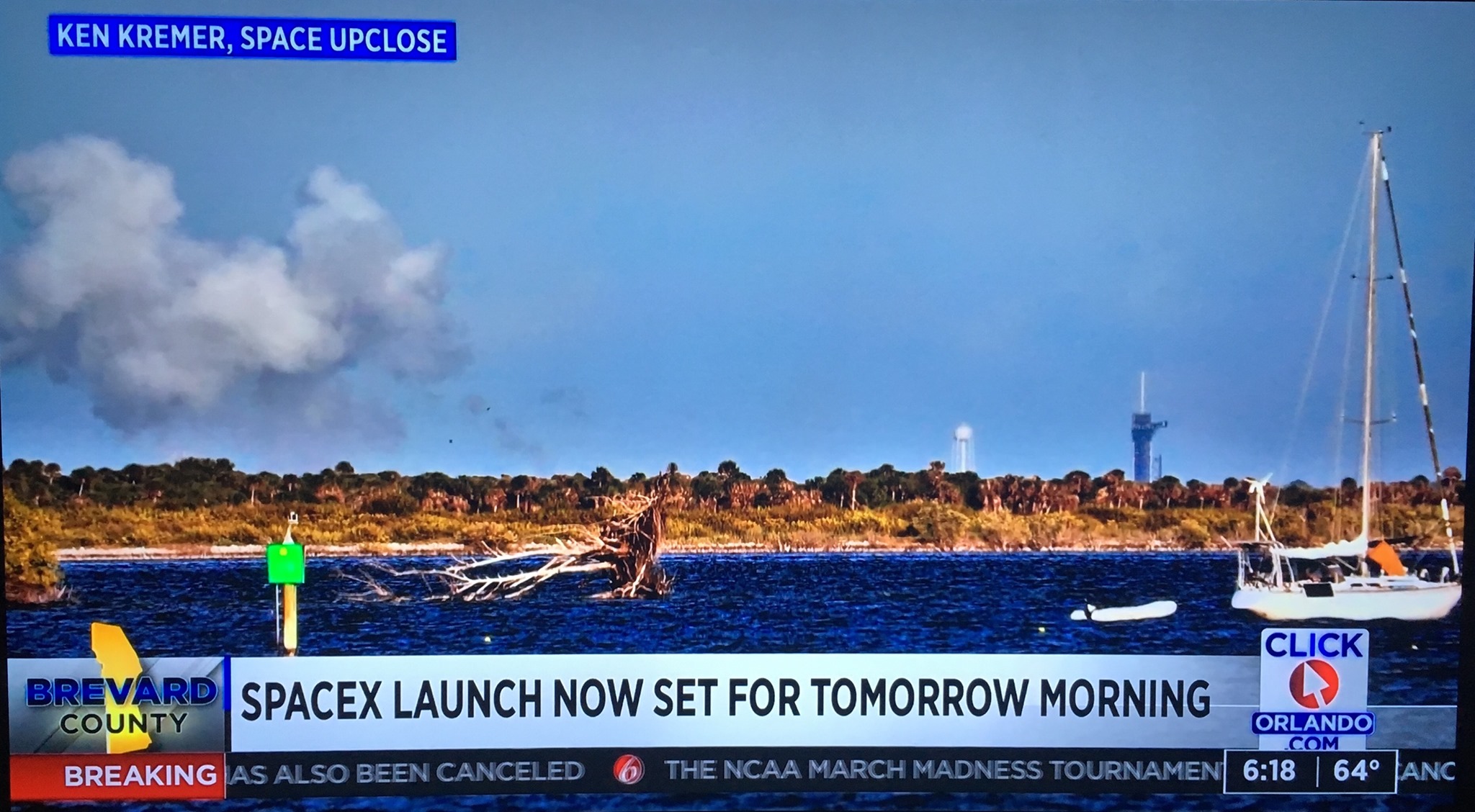
The launch window is ‘instantaneous’ meaning any delay for weather or technical reason forces a minimum 1 day scrub.
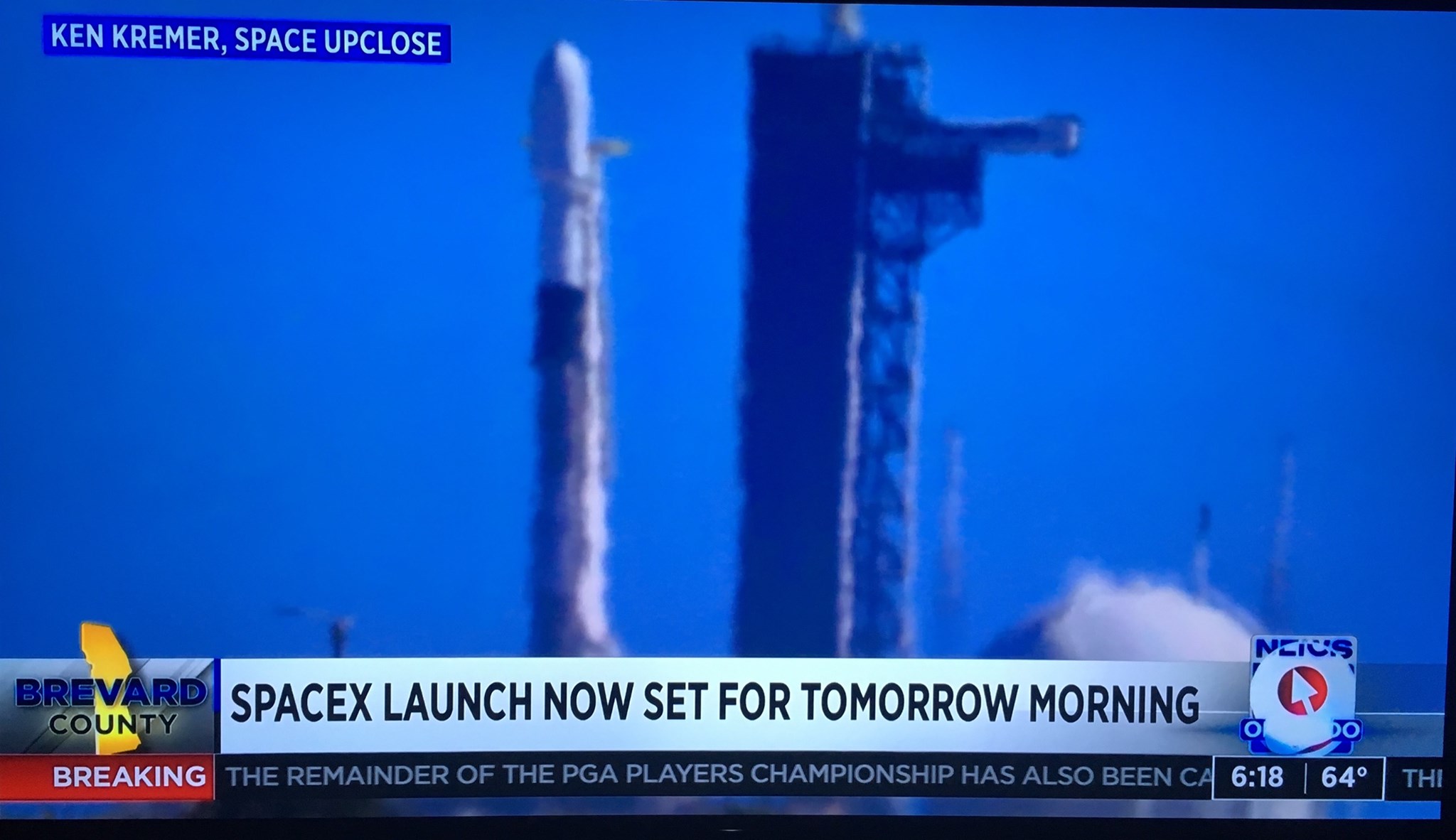
Watch Ken’s continuing reports about onsite for live reporting of upcoming and recent ULA and SpaceX launches including Starlink, Solar Orbiter, In-Flight Abort, Mars 2020 and more at the Kennedy Space Center and Cape Canaveral Air Force Station.
Stay tuned here for Ken’s continuing Earth and Planetary science and human spaceflight news: ww.kenkremer.com –www.spaceupclose.com – twitter @ken_kremer – email: ken at kenkremer.com
Dr. Kremer is a research scientist and journalist based in the KSC area, active in outreach and interviewed regularly on TV and radio about space topics.
………….
Ken’s photos are for sale and he is available for lectures and outreach events
Ken has created hundreds of widely published Mars rover mosaics and lectures also about NASA’s Mars rovers




